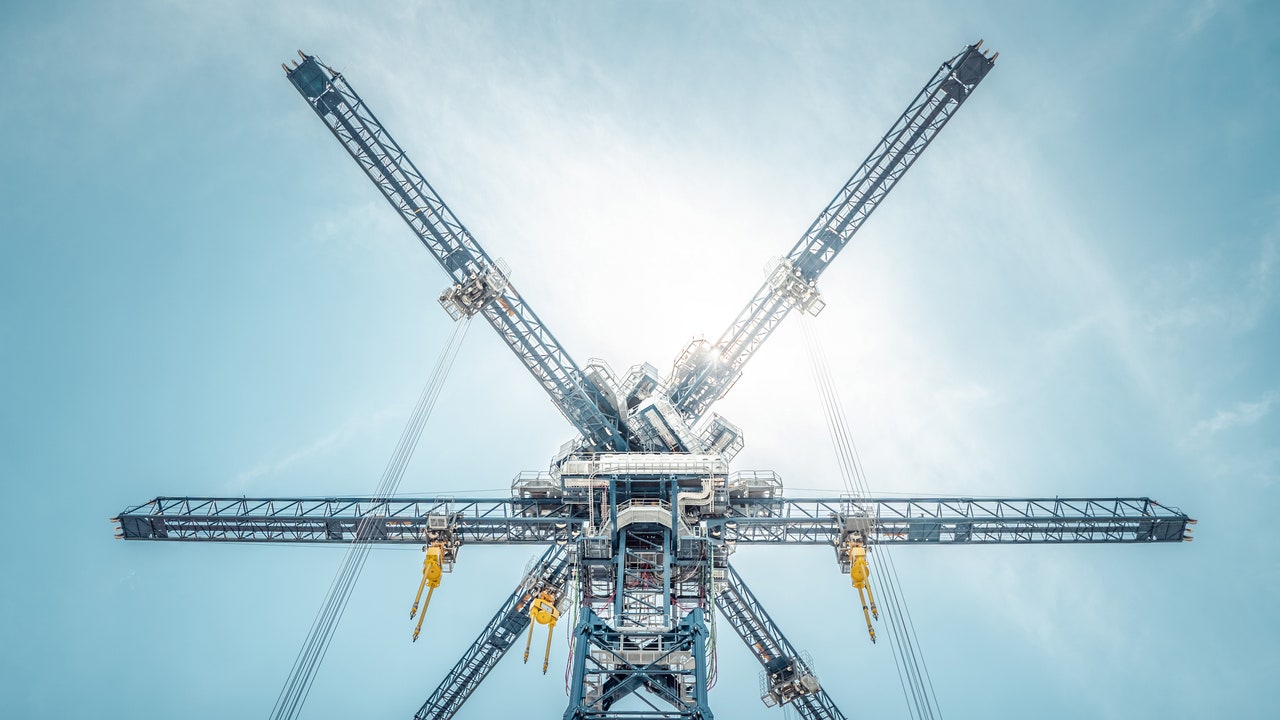The concrete blocks are slowly hoisted upwards by motors powered with electricity from the Swiss power grid. As each block descends, the motors that lift the blocks start spinning in reverse, generating electricity that courses through the thick cables running down the side of the crane and onto the power grid. In the 30 seconds during which the blocks are descending, each one generates about one megawatt of electricity: enough to power roughly 1,000 homes.



I think the final solution goes the same way as the internet, decentralized energy production. Even in the past they show that a building can be completly autonom, some small villages have their own energy central with renevable energy (hydraulic, eolic, geothermic…) Decentralized systems don’t need complex systems to store the energy, Also great manufacture are using own systems to recycle energy, that can be stroring the heat of some processes ore using the excess off energy to produce hidrogen.
There are a lot of systems, like they have in a village in the Netherland, which use the heat in summer of the streets pumped in a great subterran deposit and use this stored heat to maintand free of ice the streets in winter and they have enough also for the houses for heating. https://www.sciencedaily.com/releases/2017/01/170110121112.htm It is not only the way to produce energy, but also the way to use it more efficiently. Projects as they are already using, to use mini-generators under the sidewalk, which produce the energy necessary for lighting the street when people walk on it. Clothes that generate enough energy with body heat to charge the mobile, etc. We are surrounded by usable energy, which we only do to a small percentage today, adding centralized private energy companies that dictate their standards in view of profit rather than efficiency.